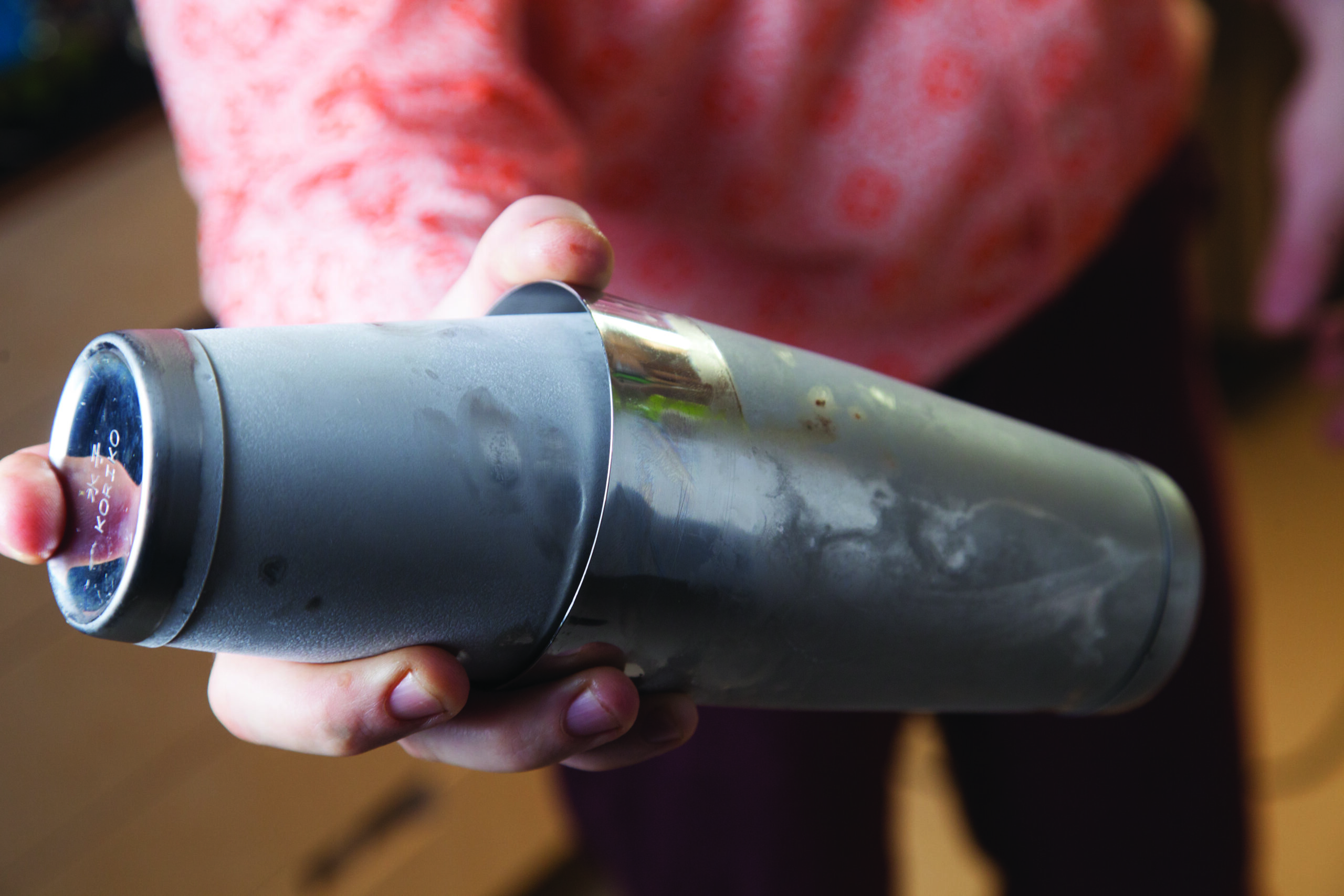

The following is excerpted from Liquid Intelligence, a new book by (friend of Popular Science) Dave Arnold. The book is a canonical manual to a better way of understanding and making cocktails. “Think like a scientist and you will make better drinks,” Arnold says in the introduction, and then shows how. The balance of sugar and acidity in a cocktail is critical to its taste, so Arnold compiled a chart, below, showing the balance of sugar and acid in 55 popular cocktails.

I recently constructed a database of cocktail recipes, including both classics and my own, so I could analyze them for ethanol content, sugar, acidity, and dilution. Each drink category–built, stirred, shaken, blended, and carbonated–has clear, well-defined relationships between the characteristics, regardless of the flavors in a particular recipe. This might seem obvious, but the implications are not. I discovered that given a set of ingredients and a style of drink, I can write a decent recipe without tasting along the way at all. I have tested this process dozens of times, and I am shocked at how close I can get to the desired result strictly through applying the math. Bitterness is a bit of a wild card–very hard to quantify. Thank God something is.
I’m not talking about swapping rum for gin or lemon for lime. I’m talking about this: Given apple juice, bourbon, Cointreau, and lemons, can I make a recipe with the same basic profle as a daiquiri by plugging in a few numbers? Yes, I can. It won’t taste like a daiquiri, but it will have the same feel. I developed several recipes in my book mathematically, but I won’t tell you which ones for fear you’ll be prejudiced against them.
I don’t really know how I feel about this ability. It’s a little disconcerting. I tell myself that I still need to understand how flavors work together, I still need a brain and a palate–and that’s true. All the math in the world won’t help you if you can’t put good flavors together. And the math isn’t always right, either. Some drinks are better with more than average sugar or acid, some with less. The math will only give you the backbone of the drink–its structure. The soul of the drink will be the aromatics and flavors you choose. But the math has been incredibly useful to me for judging existing cocktail recipes and for developing my own.
Roll your mouse over the cocktails to see alcohol content, acidity, sugar, and a recipe for each.
